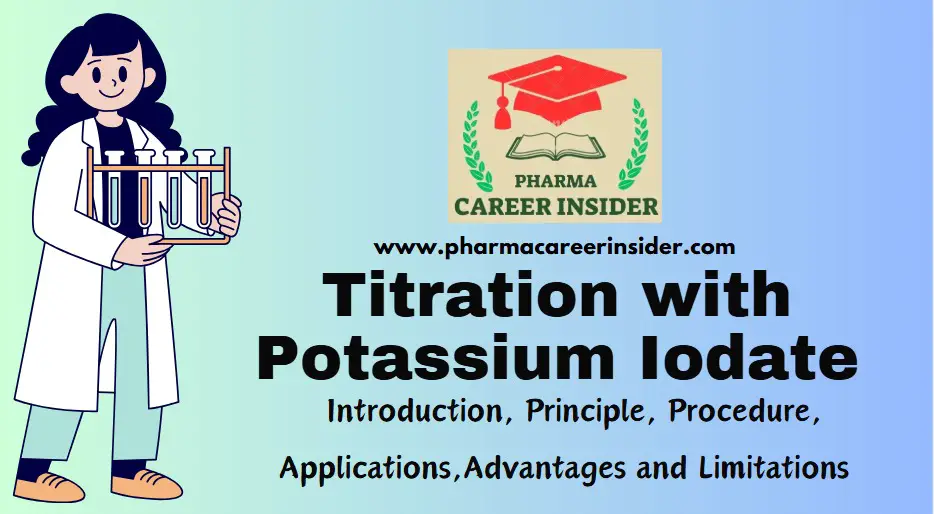The skeletal system can be divided into two major components: the axial skeleton and the appendicular skeleton. Each of these components comprises a set of bones with distinct features and functions. Here’s a detailed note on the salient features and functions of the bones of the axial and appendicular skeletal systems:
Axial Skeleton:
The axial skeleton forms the central axis of the human body and includes bones along the midline. It provides support and protection for vital organs and plays a role in posture and movement of the head and trunk. Here are the key bones and their functions in the axial skeleton:
1. Skull:
Salient Features: The skull consists of 22 bones, including the cranium (which encases and protects the brain) and the facial bones (which form the structure of the face).
Functions: The skull protects the brain and sensory organs (eyes, ears, nose, and mouth) while providing the framework for facial expressions and mastication (chewing).
2. Vertebral Column (Spine):
Salient Features: The vertebral column is composed of 33 vertebrae, including the cervical (7), thoracic (12), lumbar (5), sacral (5 fused), and coccygeal (4 fused) regions.
Functions: The vertebral column supports the body, protects the spinal cord, and allows for various movements, such as flexion, extension, and torso rotation.
3. Ribcage:
Salient Features: The ribcage consists of 12 ribs attached to the thoracic vertebrae and the sternum (breastbone) in the front.
Functions: The ribcage encloses and protects vital organs, including the heart and lungs. It also plays a role in respiration by allowing the expansion and contraction of the chest during breathing.
4. Hyoid Bone:
Salient Features: The hyoid bone is a U-shaped bone located in the neck, not directly articulating with any other bone.
Functions: The hyoid bone supports the tongue and provides attachment points for muscles involved in swallowing and speech.
Appendicular Skeleton
The appendicular skeleton comprises the bones of the limbs (appendages) and the bones that connect them to the axial skeleton. It is primarily responsible for locomotion and movement. Here are the key bones and their functions in the appendicular skeleton:
1. Upper Limbs:
Salient Features: The upper limbs include the bones of the arm (humerus), forearm (radius and ulna), wrist (carpals), palm (metacarpals), and fingers (phalanges).
Functions: The upper limbs allow for a wide range of movements, including reaching, grasping, and manipulating objects. They are essential for writing, eating, and performing fine motor tasks.
2. Pectoral Girdle:
Salient Features: The pectoral girdle comprises the clavicle (collarbone) and scapula (shoulder blade).
Functions: The pectoral girdle provides attachment points for the upper limb bones and allows for movement of the shoulders and arms.
3. Lower Limbs:
Salient Features: The lower limbs include the bones of the thigh (femur), leg (tibia and fibula), ankle (tarsals), sole (metatarsals), and toes (phalanges).
Functions: The lower limbs are responsible for weight-bearing, locomotion, and body support during activities such as standing, walking, running, and jumping.
4. Pelvic Girdle:
Salient Features: The pelvic girdle consists of two hip bones (os coxae) that fuse to form the pelvis.
Functions: The pelvic girdle supports the lower abdominal organs, provides stability for the spine, and plays a crucial role in weight transfer from the upper body to the lower body during locomotion.
The combination of the axial and appendicular skeletons forms the complete human skeleton, which is essential for overall support, protection, movement, and the maintenance of body posture. These bones work together to ensure the body’s structural integrity and functionality in various activities and functions of daily life.




